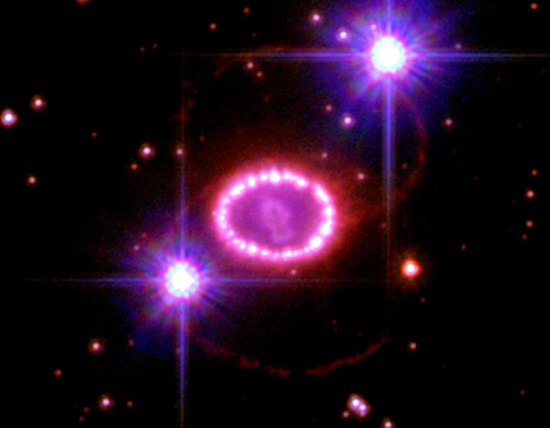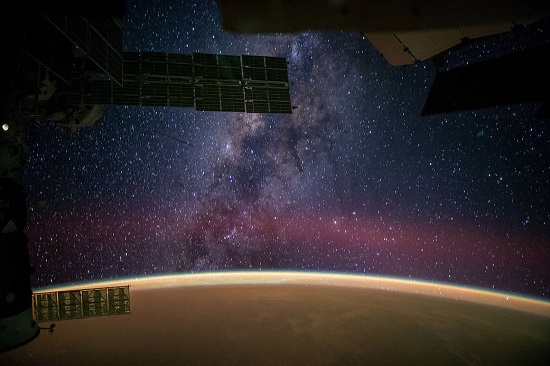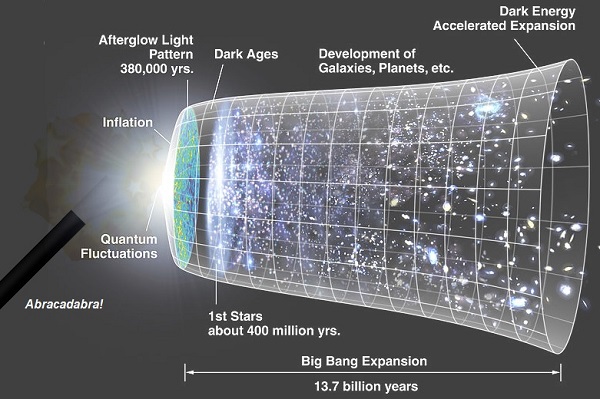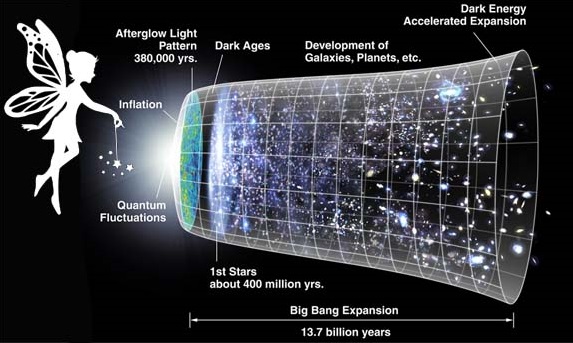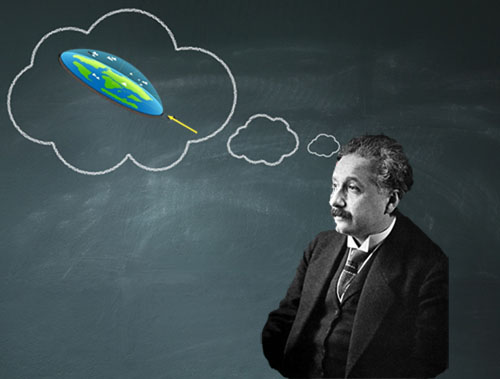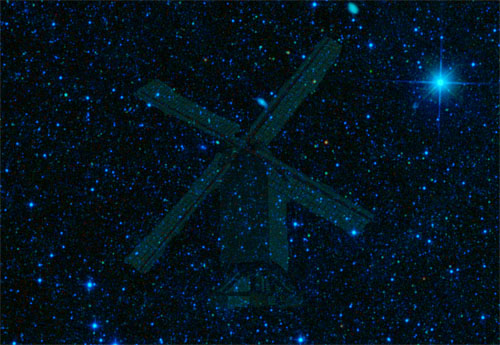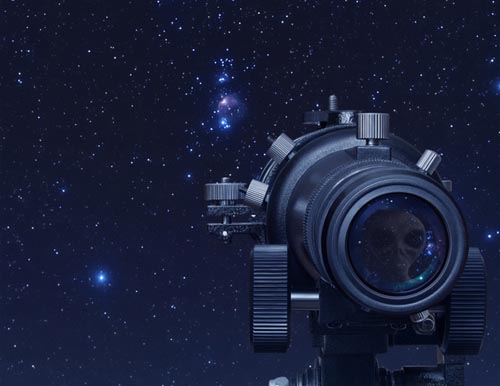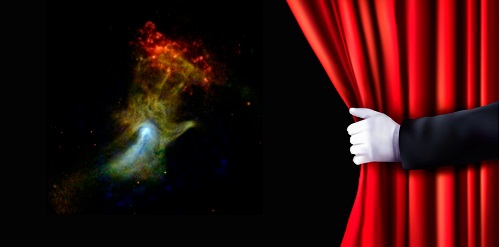Distant starlight – how stars millions or billions of light years away can be visible in a 6,000 year old creation – is perhaps the most difficult question that young earth creationists must deal with. All other questions seem like child’s play in comparison. To address the issue I did a two part series on distant starlight called Distant Starlight: Under Occam’s Razor: Part 1 Contenders, and Part 2 – Critique and Cuts. In part 1, I looked at the various theories, and in part 2, I evaluated the theories and selected the one which I consider likely to be the correct answer, given what we currently know.
My evaluation consisted of: 1. eliminating those that appear impossible based on scientific critiques. And 2: using Occam’s razor, (the simplest answer that doesn’t introduce unnecessary complicating factors is likely the correct answer) to narrow down any remaining theories. It was a lengthy evaluation process that I won’t repeat here. (If you’d like a short cut to my view of the best current theory, see here.) One of the theories I eliminated (judging it to be unlikely) is the light created in transit scenario. I recently received the following two questions on that theory: Continue Reading


